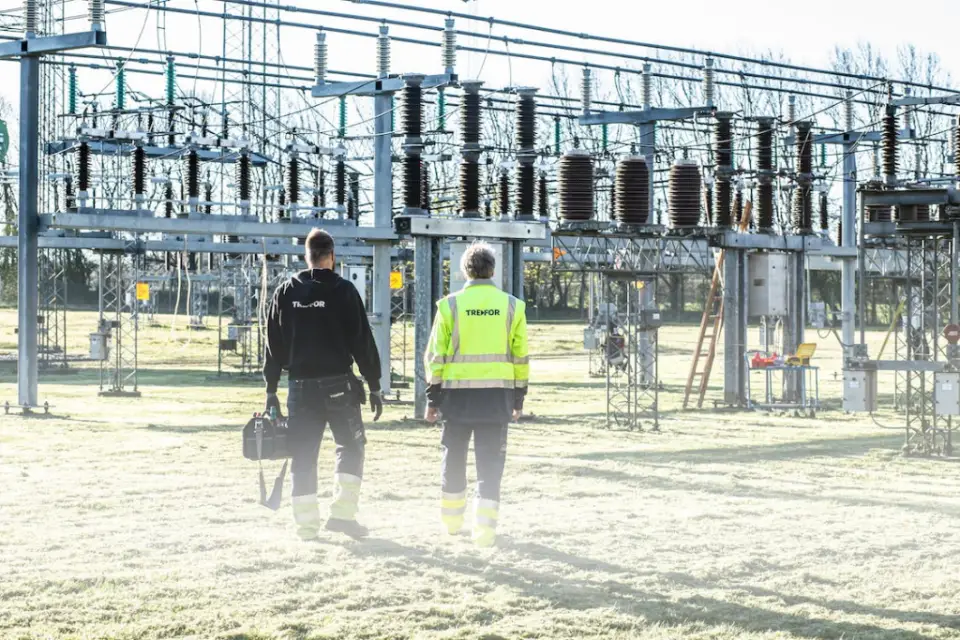
Most people associate electrical substations with large, fenced-off structures, that don’t look great, are potentially dangerous, and with possible health hazards. But the reality is different. Contrary to common belief, substations provide a lot of advantages to a neighborhood. Let’s look at a few of the reasons you should advocate for electrical substation construction in your neighborhood.
Reliable and Effective Electricity
Having a steady flow of electricity is crucial. It maintains consistent and effective energy for homes and businesses. This reduces energy waste through transmission losses, prevents drops in voltage, and makes the power supply more reliable because there are fewer transmission lines between you and the substation. All else being equal, the closer you are to any substation, the more reliable your electric supply will be.
These substations are typically placed in areas with dense populations, reducing the length of high voltage transmission lines that carry power through thickly populated zones. This reduces voltage dips and power losses giving the network higher ability to tolerate disturbances. The reduction of power outages provides a constant flow of energy that benefits people and business owners, their gadgets, and the well-being of the whole community.
Increased Property Value
Property value increases near well-maintained substations that offer reliable power flow, thanks to the reduced number of interruptions and lower maintenance charges in some areas. For home buyers in the know, this proximity tends to boost housing values.
Economic Growth and Development
For businesses to prosper and grow, they need stable sources of electrical power. Substations transform high-voltage power into more usable forms, including three-phase power favoured by industry. This boosts local infrastructure, offers a competitive edge, and enhances innovation. Substations also connect to broader electrical grids, aiding growth in local facilities and businesses.
Substations are Safe
While a local electrical substation ensures a steady supply of electricity, these things are also built safe. Tall fences protect against high-voltage dangers, while constant remote checks and strong grounding further enhance safety.
Substations are often inspected to prevent any potential hazards. If power goes out, backup generators and communication tools keep everything running smoothly. This guarantees safety and earns the community’s trust.
Fosters Innovation
An electrical substation can transform your community into a space for learning and promoting innovation. Nearby educational institutions can incorporate relevant programs into their curriculum, allowing students to understand the intricacies of these important facilities. This can involve practical learning experiences, specialized courses on electrical engineering, renewable energy technologies, and smart grid systems.
Collaborations between educational institutions and utility companies can focus on enhancing the efficiency and sustainability of substations. Community outreach programs can also organize educational workshops and campaigns to raise public awareness. By actively engaging with local educational institutions, utility companies foster a talented workforce for the energy sector.
Endnote
Advocating for an electrical substation construction in your neighborhood can promote businesses, attract investments, and create job opportunities. These substations ensure more reliable power to homes, schools, and healthcare facilities. It’s not only about power distribution, but an investment in future prosperity and the general well-being of the community.












